Coconut Caramel Chicken: Prepare to be transported to a tropical paradise with every single bite! Imagine succulent chicken, glazed in a luscious, sweet, and savory caramel sauce infused with the creamy richness of coconut. This isn’t just dinner; it’s an experience that will tantalize your taste buds and leave you craving more.
While the exact origins of Coconut Caramel Chicken are debated, many believe it draws inspiration from Southeast Asian cuisine, where the harmonious blend of sweet, salty, and umami flavors is highly prized. The use of coconut milk and caramel hints at influences from Thai and Vietnamese cooking traditions, where these ingredients are staples. This dish is a testament to the beautiful fusion of cultures and culinary techniques.
What makes this dish so irresistible? It’s the perfect balance of textures and tastes. The chicken is tender and juicy, while the caramel sauce provides a delightful stickiness and a complex flavor profile. The coconut adds a subtle sweetness and a creamy mouthfeel that elevates the entire dish. People love it because it’s both incredibly flavorful and surprisingly easy to make. Whether you’re a seasoned chef or a beginner in the kitchen, this recipe is guaranteed to impress. Plus, it’s a fantastic way to add a touch of exotic flair to your weeknight meals!
Ingredients:
- For the Chicken:
- 2 lbs boneless, skinless chicken thighs, cut into 1-inch pieces
- 1/2 cup all-purpose flour
- 1 teaspoon salt
- 1/2 teaspoon black pepper
- 1/4 teaspoon garlic powder
- 1/4 teaspoon onion powder
- 2 tablespoons vegetable oil
- For the Coconut Caramel Sauce:
- 1 cup granulated sugar
- 1/4 cup water
- 1/2 cup heavy cream
- 1/4 cup unsalted butter, cut into pieces
- 1/2 cup coconut milk (full-fat, canned)
- 1/4 cup shredded coconut, unsweetened
- 1 tablespoon soy sauce
- 1 teaspoon rice vinegar
- 1/2 teaspoon ginger, grated
- 1/4 teaspoon red pepper flakes (optional, for heat)
- For Serving:
- Cooked rice, for serving
- Chopped green onions, for garnish
- Sesame seeds, for garnish (optional)
Preparing the Chicken:
- In a medium bowl, whisk together the flour, salt, pepper, garlic powder, and onion powder. This is our seasoned flour that will give the chicken a nice crust.
- Add the chicken pieces to the bowl and toss to coat evenly with the flour mixture. Make sure each piece is well covered. This helps the sauce cling to the chicken later.
- Heat the vegetable oil in a large skillet or wok over medium-high heat. You want the oil hot enough to sear the chicken but not so hot that it burns the flour.
- Add the chicken to the skillet in a single layer, being careful not to overcrowd the pan. If necessary, cook the chicken in batches. Overcrowding will lower the temperature of the oil and cause the chicken to steam instead of sear.
- Cook the chicken for about 5-7 minutes per side, or until it is golden brown and cooked through. The internal temperature should reach 165°F (74°C). Use a meat thermometer to be sure!
- Remove the chicken from the skillet and set aside on a plate. We’ll add it back to the sauce later.
Making the Coconut Caramel Sauce:
- In the same skillet (wipe it clean if necessary), combine the granulated sugar and water.
- Cook over medium heat, without stirring, until the sugar dissolves and turns into a golden amber color. This will take about 5-7 minutes. Be patient and don’t stir! Stirring can cause the sugar to crystallize. You can gently swirl the pan if needed to ensure even heating.
- Once the sugar has caramelized, carefully whisk in the heavy cream. Be careful, as the mixture will bubble vigorously! Whisk constantly until the caramel is smooth.
- Reduce the heat to low and stir in the butter, coconut milk, shredded coconut, soy sauce, rice vinegar, ginger, and red pepper flakes (if using).
- Simmer the sauce for about 3-5 minutes, stirring occasionally, until it thickens slightly. The sauce should be able to coat the back of a spoon.
Combining Chicken and Sauce:
- Add the cooked chicken back to the skillet with the coconut caramel sauce.
- Toss to coat the chicken evenly with the sauce.
- Simmer for another 2-3 minutes, allowing the chicken to absorb the flavors of the sauce.
Serving:
- Serve the Coconut Caramel Chicken over cooked rice.
- Garnish with chopped green onions and sesame seeds (if using).
- Enjoy! This dish is best served immediately while the chicken is still warm and the sauce is luscious.
Tips and Variations:
- Spice Level: Adjust the amount of red pepper flakes to your liking. If you prefer a milder dish, omit them altogether.
- Chicken Type: While I prefer chicken thighs for their flavor and tenderness, you can also use chicken breasts. Just be sure not to overcook them, as they can become dry. Cut the chicken breasts into 1-inch pieces as well.
- Vegetables: Feel free to add some vegetables to the dish. Broccoli florets, bell peppers, or snap peas would all be great additions. Add them to the skillet along with the chicken during the last few minutes of cooking.
- Coconut Flavor: For a more intense coconut flavor, you can add a teaspoon of coconut extract to the sauce.
- Thickening the Sauce: If your sauce is not thick enough, you can mix 1 teaspoon of cornstarch with 1 tablespoon of cold water and add it to the sauce while it’s simmering. Stir until the sauce thickens.
- Sweetness: If you find the sauce too sweet, add a squeeze of lime juice to balance the flavors.
- Storage: Leftovers can be stored in an airtight container in the refrigerator for up to 3 days. Reheat gently in a skillet or microwave.
- Make Ahead: You can prepare the coconut caramel sauce ahead of time and store it in the refrigerator for up to 2 days. Reheat gently before adding the chicken.
- Gluten-Free Option: To make this dish gluten-free, use gluten-free all-purpose flour and gluten-free soy sauce (tamari).
Detailed Explanation of Caramelization:
The caramelization process is crucial for this recipe, as it’s what gives the sauce its rich, complex flavor. Caramelization is the browning of sugar, a process used extensively in cooking for the resulting nutty flavor and brown color. It’s different from Maillard reaction, which involves both sugars and amino acids. When sugar is heated to a high temperature, its molecules break down and form hundreds of different compounds, including diacetyl (buttery flavor), furanones (caramel flavor), and maltol (toasty flavor). The key is to heat the sugar evenly and without stirring, as stirring can introduce sugar crystals that interfere with the process. The color of the caramel indicates the level of caramelization a light golden color indicates a mild caramel flavor, while a dark amber color indicates a more intense, slightly bitter flavor. Be careful not to burn the sugar, as this will result in a bitter, unpleasant taste.
Choosing the Right Coconut Milk:
For the best results, use full-fat, canned coconut milk. This type of coconut milk has a higher fat content, which contributes to the richness and creaminess of the sauce. Avoid using “light” coconut milk, as it will result in a thinner, less flavorful sauce. Also, make sure to shake the can of coconut milk well before opening it, as the cream tends to separate from the liquid. If you prefer a smoother sauce, you can strain the coconut milk through a fine-mesh sieve before adding it to the skillet.
Why Chicken Thighs Are Preferred:
I highly recommend using chicken thighs for this recipe because they are more forgiving than chicken breasts. Chicken thighs have a higher fat content, which means they stay moist and tender even if they are slightly overcooked. Chicken breasts, on the other hand, can become dry and tough if overcooked. Chicken thighs also have a richer, more flavorful taste than chicken breasts. If you do choose to use chicken breasts, be sure to monitor them closely and remove them from the heat as soon as they are cooked through.
The Importance of Rice Vinegar:
Rice vinegar adds a subtle tanginess to the sauce that balances the sweetness of the caramel and the richness of the coconut milk. It also helps to tenderize the chicken. If you don’t have rice vinegar, you can substitute it with white wine vinegar or apple cider vinegar, but the flavor will be slightly different.
Garnishing for Visual Appeal:
Garnishing with chopped green onions and sesame seeds not only adds flavor but also enhances the visual appeal of the dish. The green onions provide a pop of color and a fresh, oniony flavor, while the sesame seeds add a nutty crunch. You can also use other garnishes, such as chopped cilantro or toasted almonds.
Adjusting for Dietary Restrictions:
This recipe can be easily adapted to accommodate various dietary restrictions. For a gluten-free version, use gluten-free all-purpose flour and gluten-free soy sauce (tamari). For a dairy-free version, use coconut cream instead of heavy cream. For a vegan version, substitute the chicken with tofu or tempeh and use maple syrup or agave nectar instead of sugar.
Serving Suggestions:
While this
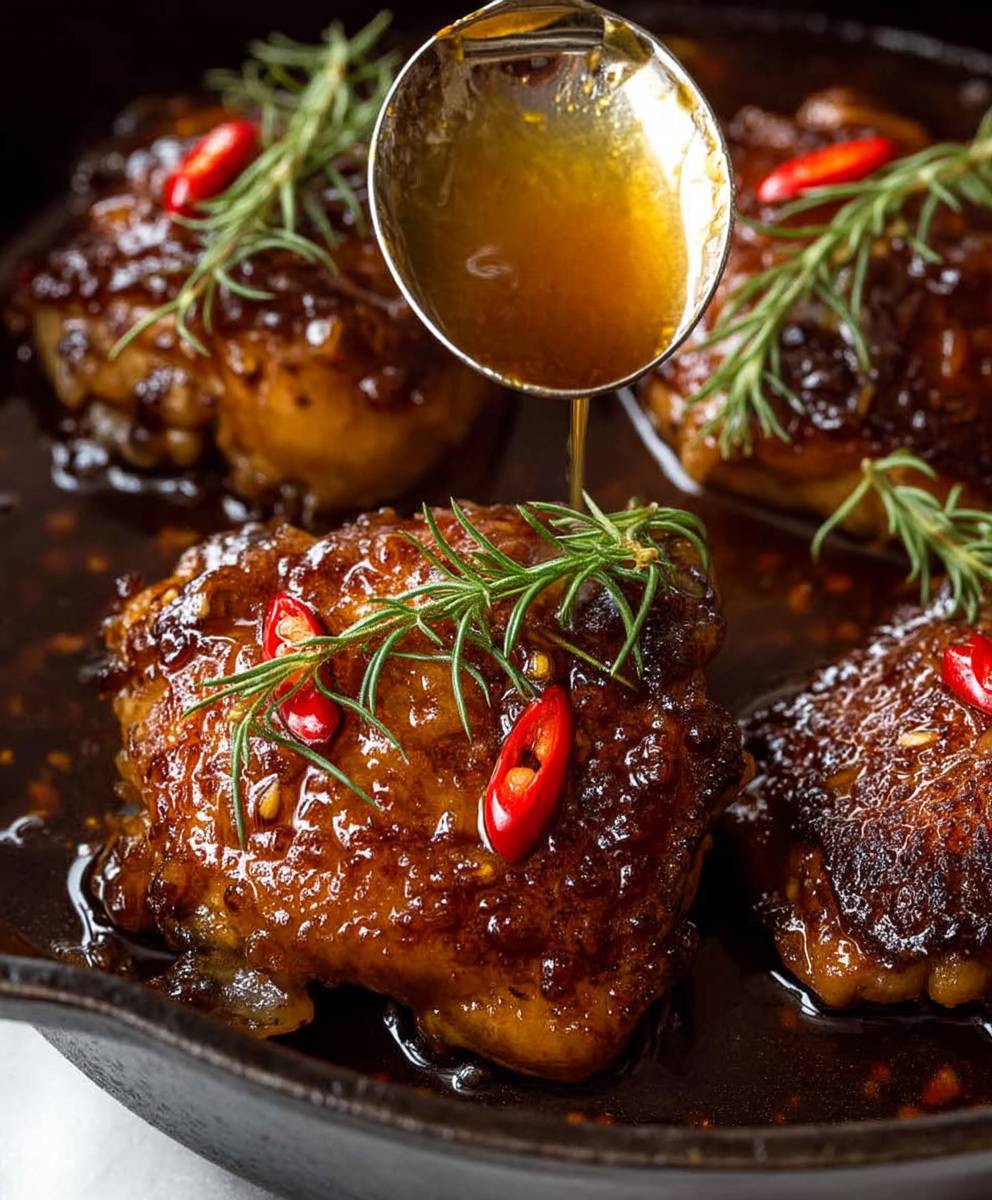
Conclusion:
This Coconut Caramel Chicken isn’t just another weeknight dinner; it’s a flavor explosion waiting to happen! The sweet and savory dance of the coconut milk, the rich caramel notes, and the perfectly cooked chicken create a dish that’s both comforting and exciting. I truly believe this recipe is a must-try because it’s surprisingly simple to make, uses readily available ingredients, and delivers a restaurant-quality experience right in your own kitchen. Forget ordering takeout; this is your new go-to for a satisfying and impressive meal.
But the best part? It’s incredibly versatile! Serve this delectable chicken over a bed of fluffy jasmine rice to soak up all that glorious sauce. For a lighter option, try pairing it with quinoa or cauliflower rice. Roasted vegetables like broccoli, bell peppers, or asparagus make fantastic side dishes, adding a pop of color and extra nutrients to your plate.
Looking for variations? I’ve got you covered! If you’re a spice lover, add a pinch of red pepper flakes or a dash of sriracha to the sauce for a fiery kick. For a richer flavor, try using full-fat coconut milk instead of light. And if you’re feeling adventurous, swap out the chicken thighs for chicken breasts or even tofu for a vegetarian twist. You could even add some pineapple chunks during the last few minutes of cooking for a tropical burst of sweetness. The possibilities are endless!
Don’t be intimidated by the “caramel” part it’s much easier than you think. The key is to keep a close eye on the sugar as it melts and to stir constantly to prevent burning. Trust me, the effort is well worth it. The resulting caramel sauce is what gives this Coconut Caramel Chicken its signature depth of flavor and irresistible appeal.
I’ve poured my heart into perfecting this recipe, and I’m confident that you’ll love it as much as I do. It’s the perfect balance of sweet, savory, and satisfying, making it a crowd-pleaser for family dinners, potlucks, or even a special occasion.
So, what are you waiting for? Gather your ingredients, put on your apron, and get ready to create some culinary magic! I’m so excited for you to try this recipe and experience the deliciousness for yourself.
Once you’ve made it, I’d absolutely love to hear about your experience. Did you make any variations? What did you serve it with? What did your family think? Share your photos and comments below! Your feedback is invaluable, and it helps me continue to create and share recipes that you’ll love. Happy cooking, and enjoy your amazing Coconut Caramel Chicken! I can’t wait to hear all about it!
Coconut Caramel Chicken: A Delicious & Easy Recipe
Tender chicken thighs coated in a luscious, homemade coconut caramel sauce. Served over rice and garnished with green onions and sesame seeds, this dish is a perfect blend of sweet, savory, and slightly spicy flavors.
Ingredients
- 2 lbs boneless, skinless chicken thighs, cut into 1-inch pieces
- 1/2 cup all-purpose flour
- 1 teaspoon salt
- 1/2 teaspoon black pepper
- 1/4 teaspoon garlic powder
- 1/4 teaspoon onion powder
- 2 tablespoons vegetable oil
- 1 cup granulated sugar
- 1/4 cup water
- 1/2 cup heavy cream
- 1/4 cup unsalted butter, cut into pieces
- 1/2 cup coconut milk (full-fat, canned)
- 1/4 cup shredded coconut, unsweetened
- 1 tablespoon soy sauce
- 1 teaspoon rice vinegar
- 1/2 teaspoon ginger, grated
- 1/4 teaspoon red pepper flakes (optional, for heat)
- Cooked rice, for serving
- Chopped green onions, for garnish
- Sesame seeds, for garnish (optional)
Instructions
- Preparing the Chicken: In a medium bowl, whisk together the flour, salt, pepper, garlic powder, and onion powder.
- Add the chicken pieces to the bowl and toss to coat evenly with the flour mixture.
- Heat the vegetable oil in a large skillet or wok over medium-high heat.
- Add the chicken to the skillet in a single layer, being careful not to overcrowd the pan. If necessary, cook the chicken in batches.
- Cook the chicken for about 5-7 minutes per side, or until it is golden brown and cooked through. The internal temperature should reach 165°F (74°C). Use a meat thermometer to be sure!
- Remove the chicken from the skillet and set aside on a plate.
- Making the Coconut Caramel Sauce: In the same skillet (wipe it clean if necessary), combine the granulated sugar and water.
- Cook over medium heat, without stirring, until the sugar dissolves and turns into a golden amber color. This will take about 5-7 minutes. Be patient and don’t stir! Stirring can cause the sugar to crystallize. You can gently swirl the pan if needed to ensure even heating.
- Once the sugar has caramelized, carefully whisk in the heavy cream. Be careful, as the mixture will bubble vigorously! Whisk constantly until the caramel is smooth.
- Reduce the heat to low and stir in the butter, coconut milk, shredded coconut, soy sauce, rice vinegar, ginger, and red pepper flakes (if using).
- Simmer the sauce for about 3-5 minutes, stirring occasionally, until it thickens slightly. The sauce should be able to coat the back of a spoon.
- Combining Chicken and Sauce: Add the cooked chicken back to the skillet with the coconut caramel sauce.
- Toss to coat the chicken evenly with the sauce.
- Simmer for another 2-3 minutes, allowing the chicken to absorb the flavors of the sauce.
- Serving: Serve the Coconut Caramel Chicken over cooked rice.
- Garnish with chopped green onions and sesame seeds (if using).
- Enjoy! This dish is best served immediately while the chicken is still warm and the sauce is luscious.
Notes
- Spice Level: Adjust the amount of red pepper flakes to your liking. If you prefer a milder dish, omit them altogether.
- Chicken Type: While I prefer chicken thighs for their flavor and tenderness, you can also use chicken breasts. Just be sure not to overcook them, as they can become dry. Cut the chicken breasts into 1-inch pieces as well.
- Vegetables: Feel free to add some vegetables to the dish. Broccoli florets, bell peppers, or snap peas would all be great additions. Add them to the skillet along with the chicken during the last few minutes of cooking.
- Coconut Flavor: For a more intense coconut flavor, you can add a teaspoon of coconut extract to the sauce.
- Thickening the Sauce: If your sauce is not thick enough, you can mix 1 teaspoon of cornstarch with 1 tablespoon of cold water and add it to the sauce while it’s simmering. Stir until the sauce thickens.
- Sweetness: If you find the sauce too sweet, add a squeeze of lime juice to balance the flavors.
- Storage: Leftovers can be stored in an airtight container in the refrigerator for up to 3 days. Reheat gently in a skillet or microwave.
- Make Ahead: You can prepare the coconut caramel sauce ahead of time and store it in the refrigerator for up to 2 days. Reheat gently before adding the chicken.
- Gluten-Free Option: To make this dish gluten-free, use gluten-free all-purpose flour and gluten-free soy sauce (tamari).

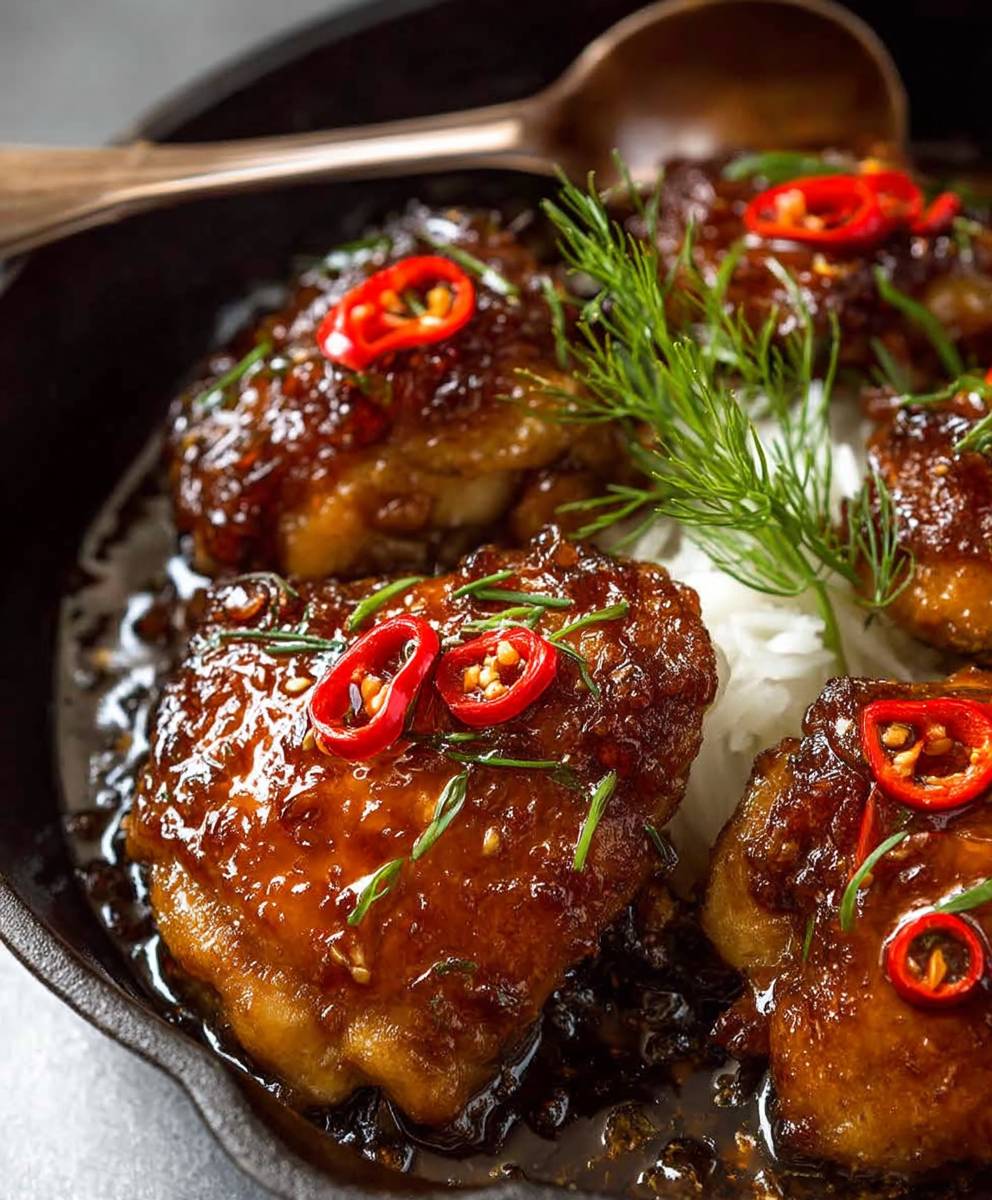
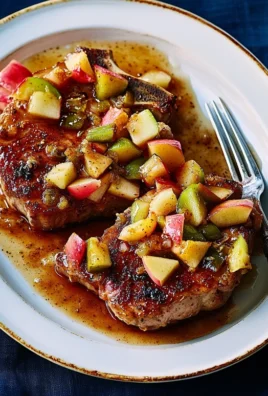
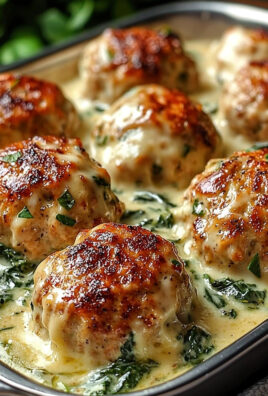
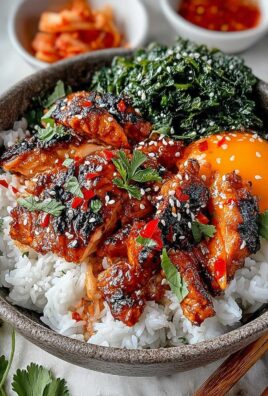
Leave a Comment